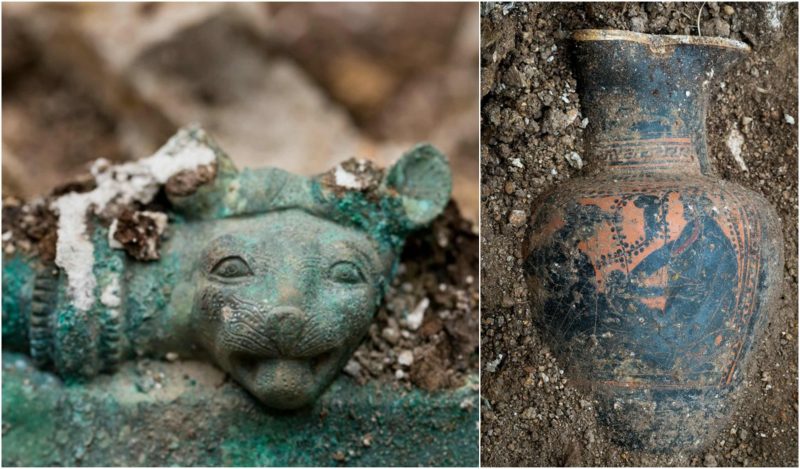
Just recently, archaeologists unearthed an ancient tomb in a small French town. After further investigation, it appeared to be the tomb of an Iron Age Celtic prince. The intact tomb provided many artifacts for the archaeologists to study; they believed that it could have been filled with Greek and possibly Etruscan artifacts.
The tomb was found in a business zone just on the outskirts of Lavau in France’s Champagne region. The prince was buried with his chariot in the center of a huge mound which measures about 130 feet across and dates back to the 5th century BC.
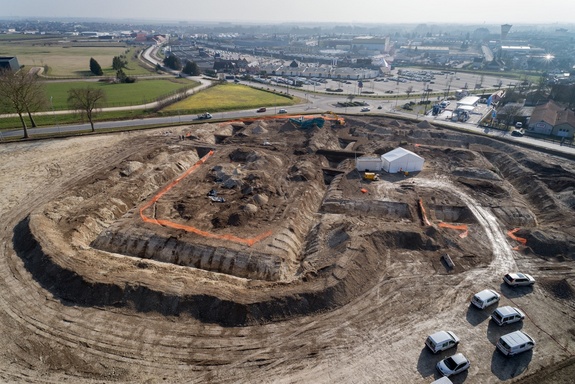
A team from the National Archaeological Research Institute, otherwise known as Inrap, had been excavating the site for a little over a year. They had just recently dated the tomb and burial site to the end of the First Iron Age, which was a period that was characterized by its widespread use of metal. Archaeologists are hoping to study the tomb and artifacts in order to look into the Iron Age European trade.
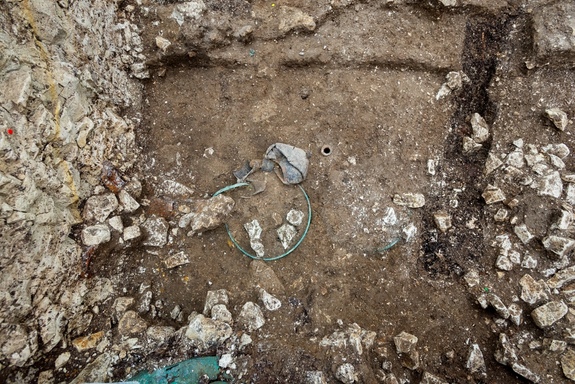
The 2,500-year-old burial mound had at its heart a 14-square meter burial chamber. Surprisingly, it had never been discovered or opened until the archaeologists had found it. The president of Inrap, Dominique Garcia, had told reporters that it was most likely the burial chamber for a local Celtic prince.
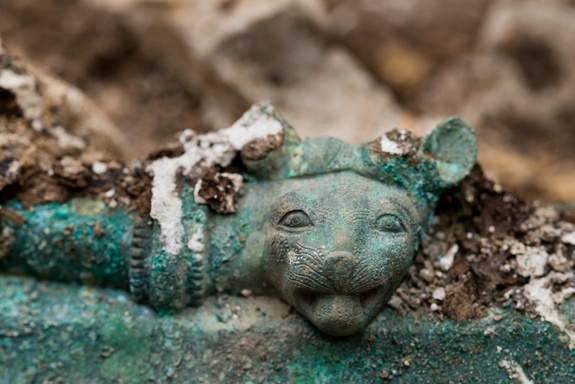
He added that the most exciting piece found in the burial chamber was a large bronze cauldron which was used to store watered-down wine. He also explained that it appeared to have been made by Etruscan craftsmen from an area that is in today’s Italy.
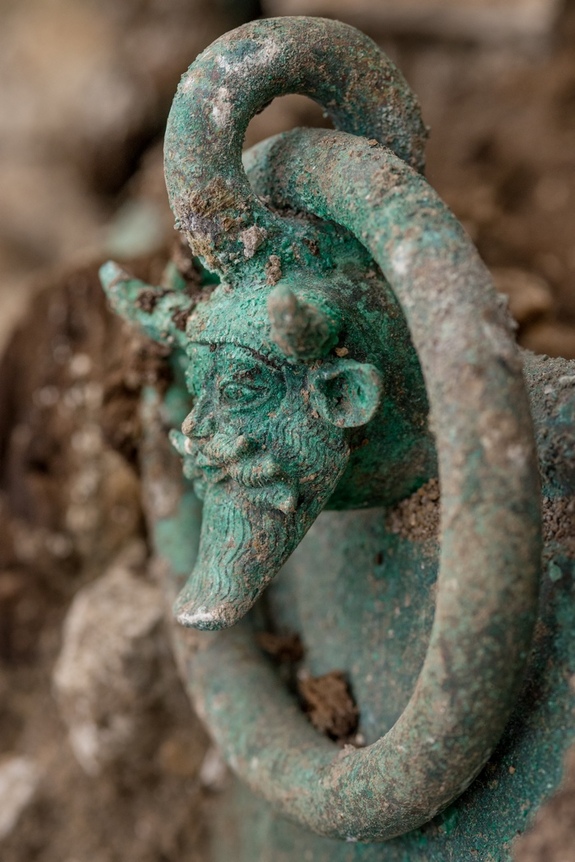
The cauldron had four circular handles which were decorated with bronze heads depicting the Greek god Acheoloos. This god is known as the river deity who sports horns, a beard, ears of a bull, and a triple mustache. There were also eight lioness heads on the edge of the cauldron.
Along with those Greek artifacts, the mausoleum also contained a decorated ceramic wine pitcher made by the Greeks. The decorations on that vessel revealed the god Dionysus lying under a vine and facing a woman. Archaeologists at the dig also found remains of an iron wheel, most likely from a chariot that was buried with the prince.
Another interesting artifact that caught the archaeologists’ attention was a perforated silver spoon; this would have been part of a service of banquet utensils and most likely used to filter wine. Garcia had explained that these pieces are evidence that there were trading exchanges between the Mediterranean and the Celts. Inrap said that this burial site was one of the largest ever recorded for the time period. The end of the 6th and the beginning of the 5th centuries BC were characterized by the rise of the Etruscan and Greek city states like Marseilles in southern France. The Mediterranean merchants had been seeking slaves, metals, and other valuable goods, resulting in their opening up trading routes with continental Celts.
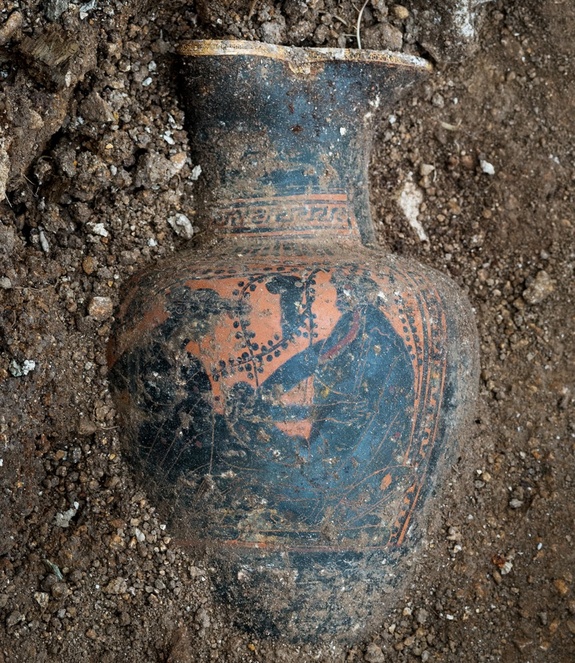
The Celts had traded for valuable objects of Greek and Etruscan origin as a result of this commerce. Many other objects like those of the prince’s had been found in other burial chambers. Those mounds were found in Heuneburg and Hochdorf in Germany.
Follow the link to view some of the photos taken at the site. They include the urn, the face on the cauldron, green with age, a close-up of the lioness head, fully intact, and more.
Perhaps the archaeologists will discover the young prince’s remains and get more information as to how he came to be buried in that exact area. There is most likely documentation on the prince as well, hopefully giving insights on what he did while he was alive. There are many questions to be answered. What age was the prince when he died? What did he die of? Was he ever known for doing any good during his rule? Let’s hope the archaeologists can give the public more information on him and the artifacts that had been buried with him.